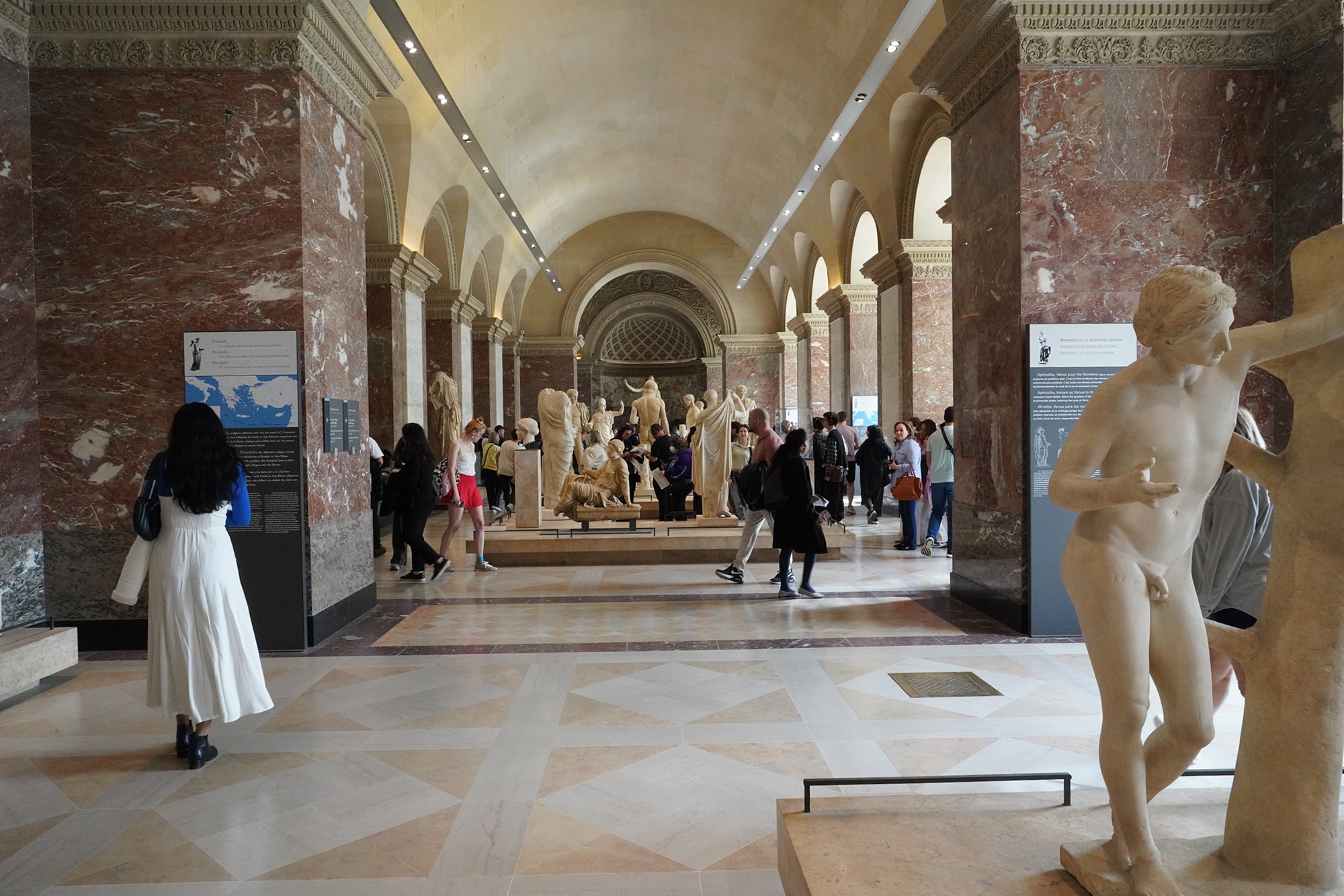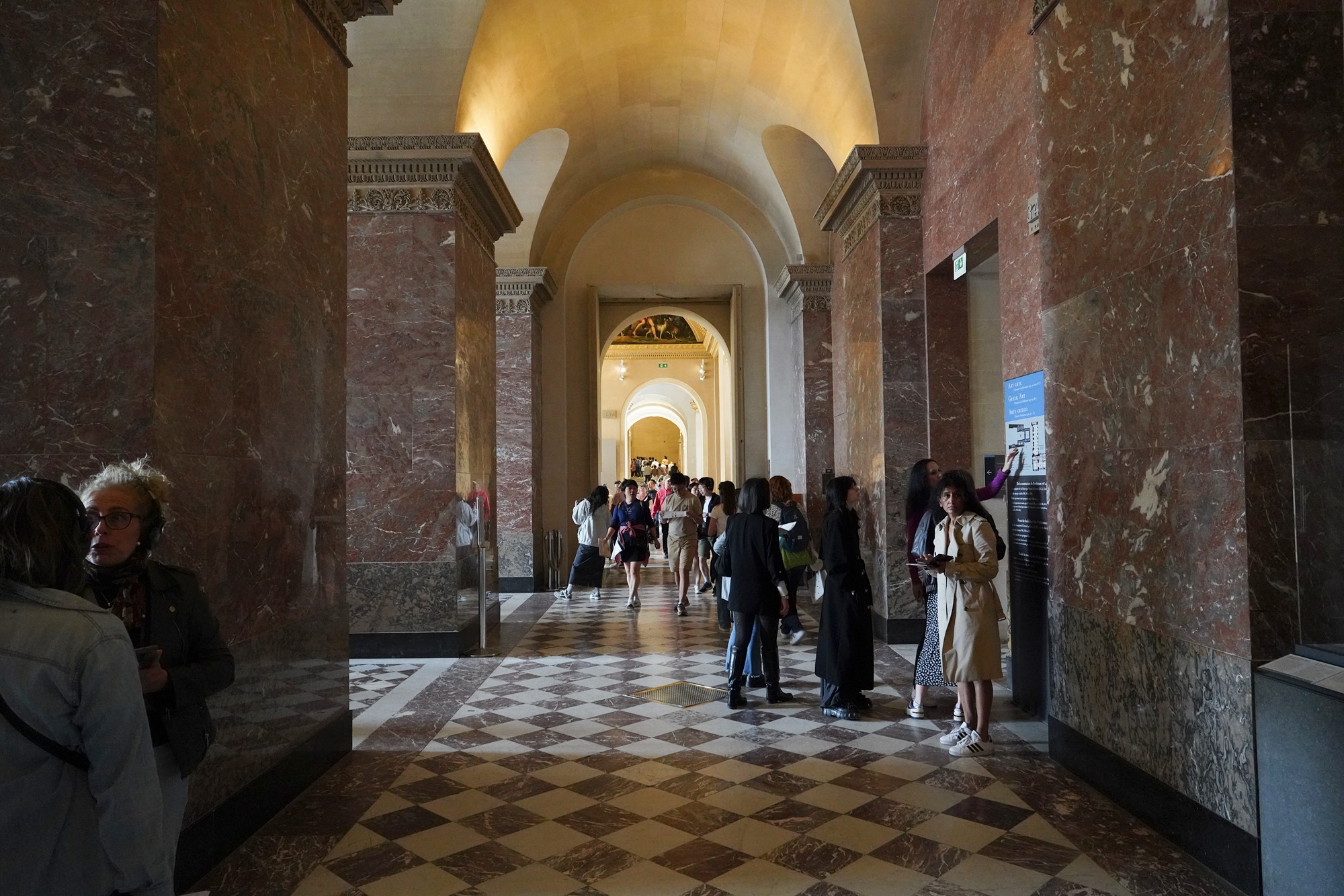Louvre Museum: Highlights, Paris, France
The Louvre Museum, located in Paris, France, is one of the largest and most famous art museums in the world. 877
Louvre Museum: 75001 Paris, France
Date Picture Taken: April, 2024
It is housed in the Louvre Palace, originally built as a fortress in the late 12th to 13th century under Philip II. The museum opened on August 10, 1793, with an exhibition of 537 paintings, the majority of the works being royal and confiscated church property.





The main entrance to the museum is the glass pyramid, but I used a side entrance to the museum closer to the metro station.


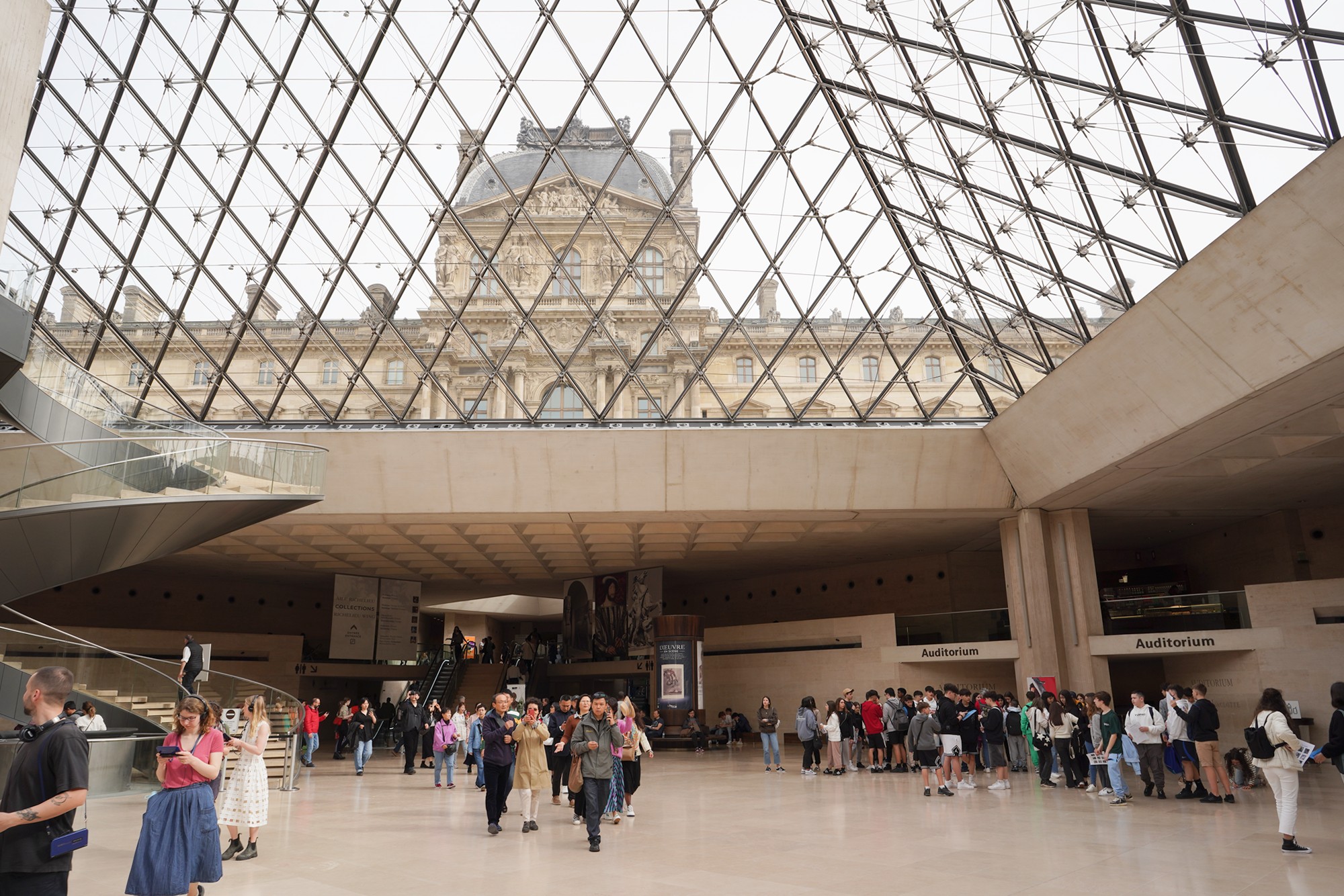
These people on the escalator are the ones who used the main entrance.
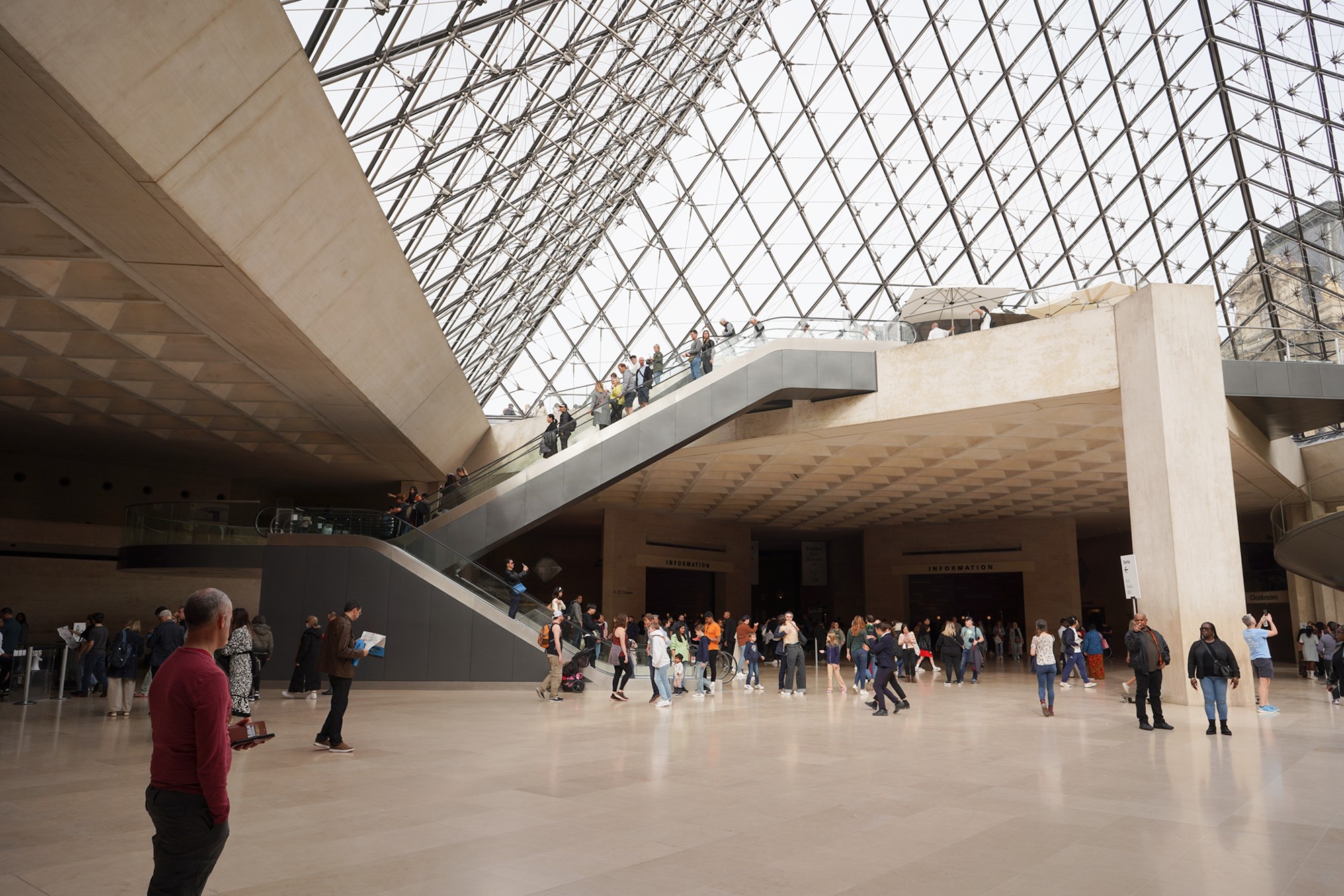

This is the center area of the museum where ways that goes to three different part of the museum are located.

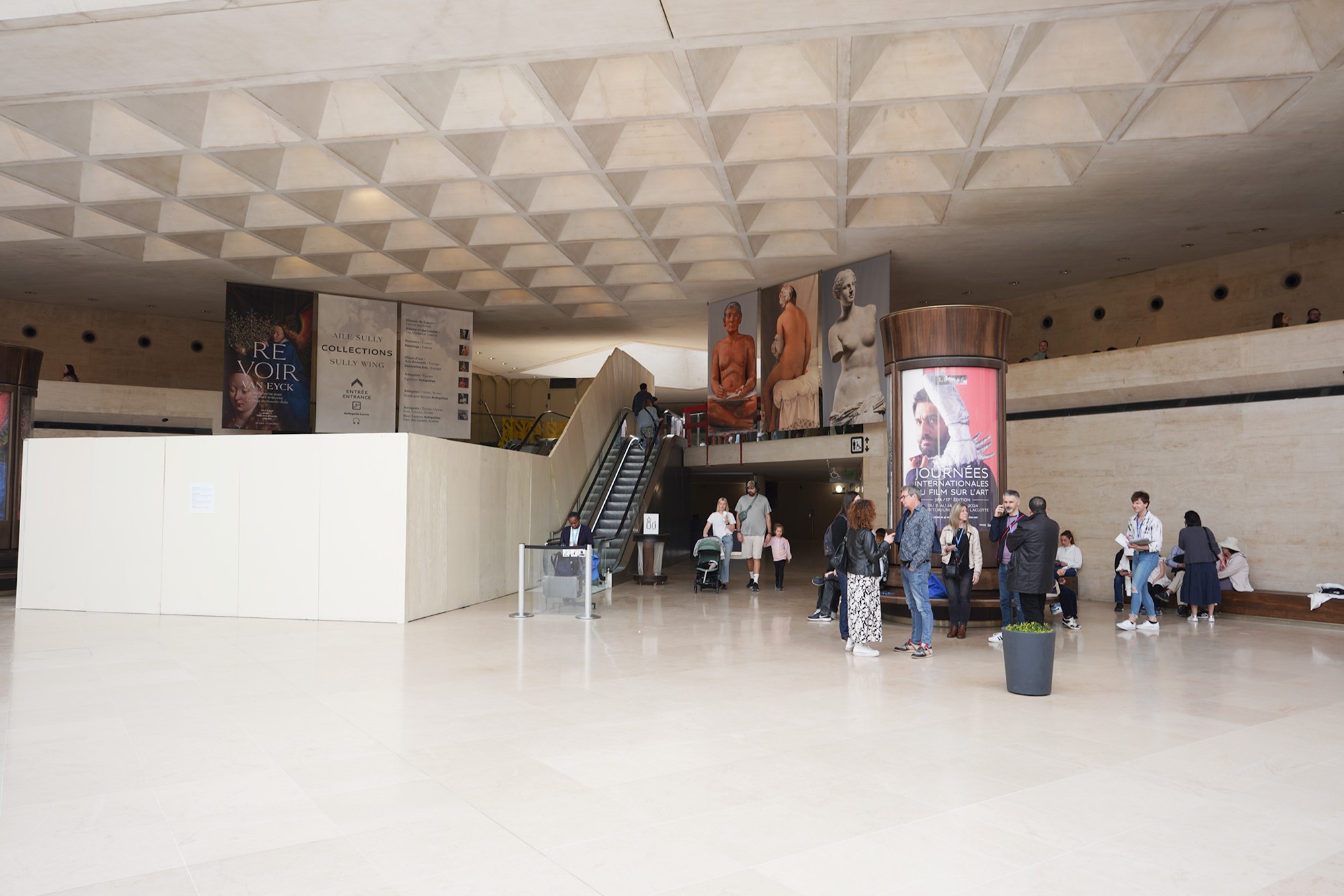

I chose the direction that goes to the Mona Lisa.









Here is one of the most renowned works in the Louvre. The Winged Victory of Samothrace, or the Niké of Samothrace, is a votive monument originally found on the island of Samothrace, north of the Aegean Sea. It is a masterpiece of Greek sculpture from the Hellenistic era, dating from the beginning of the 2nd century BC.



While walking to the Mona Lisa, I passed Renaissance paintings.
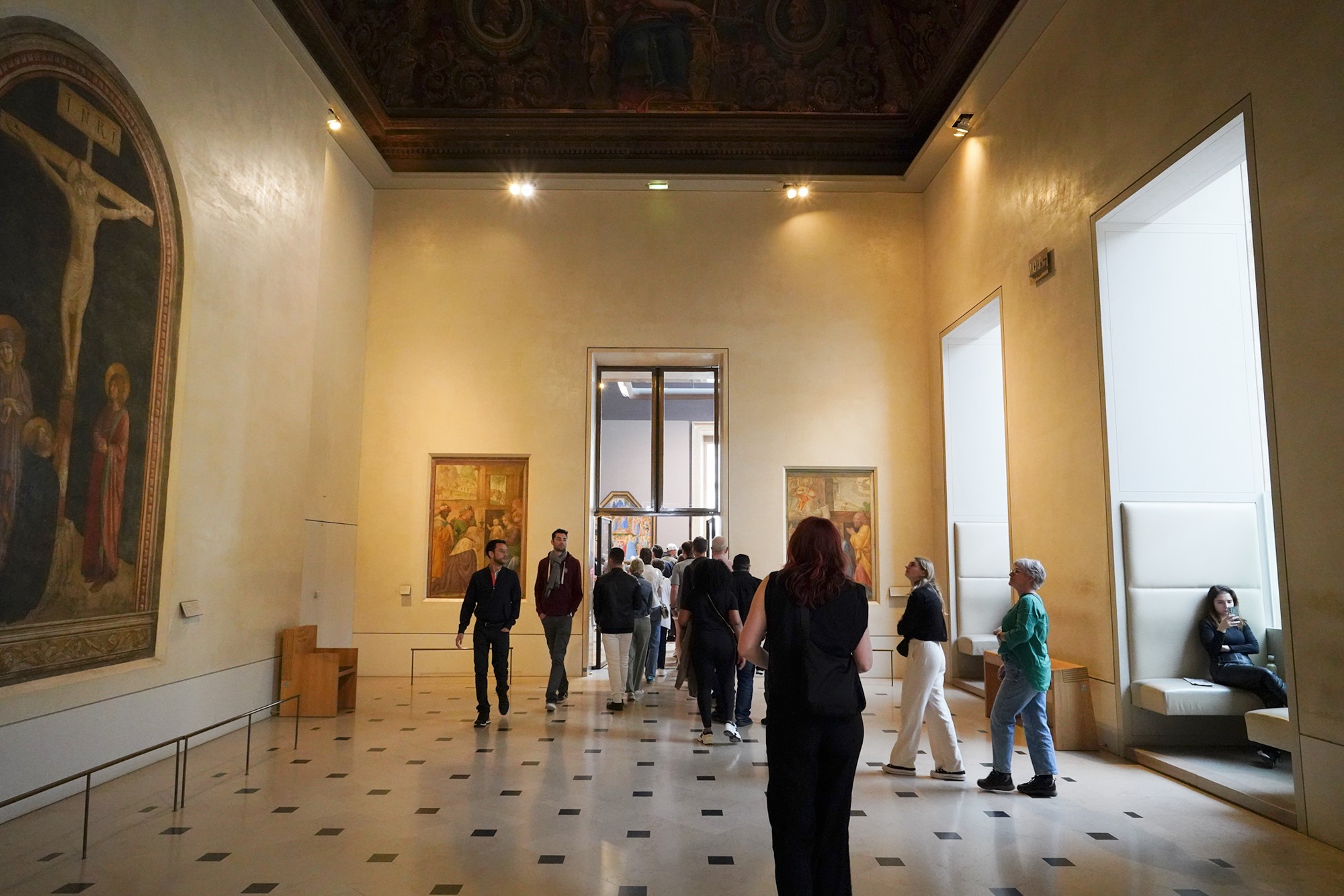

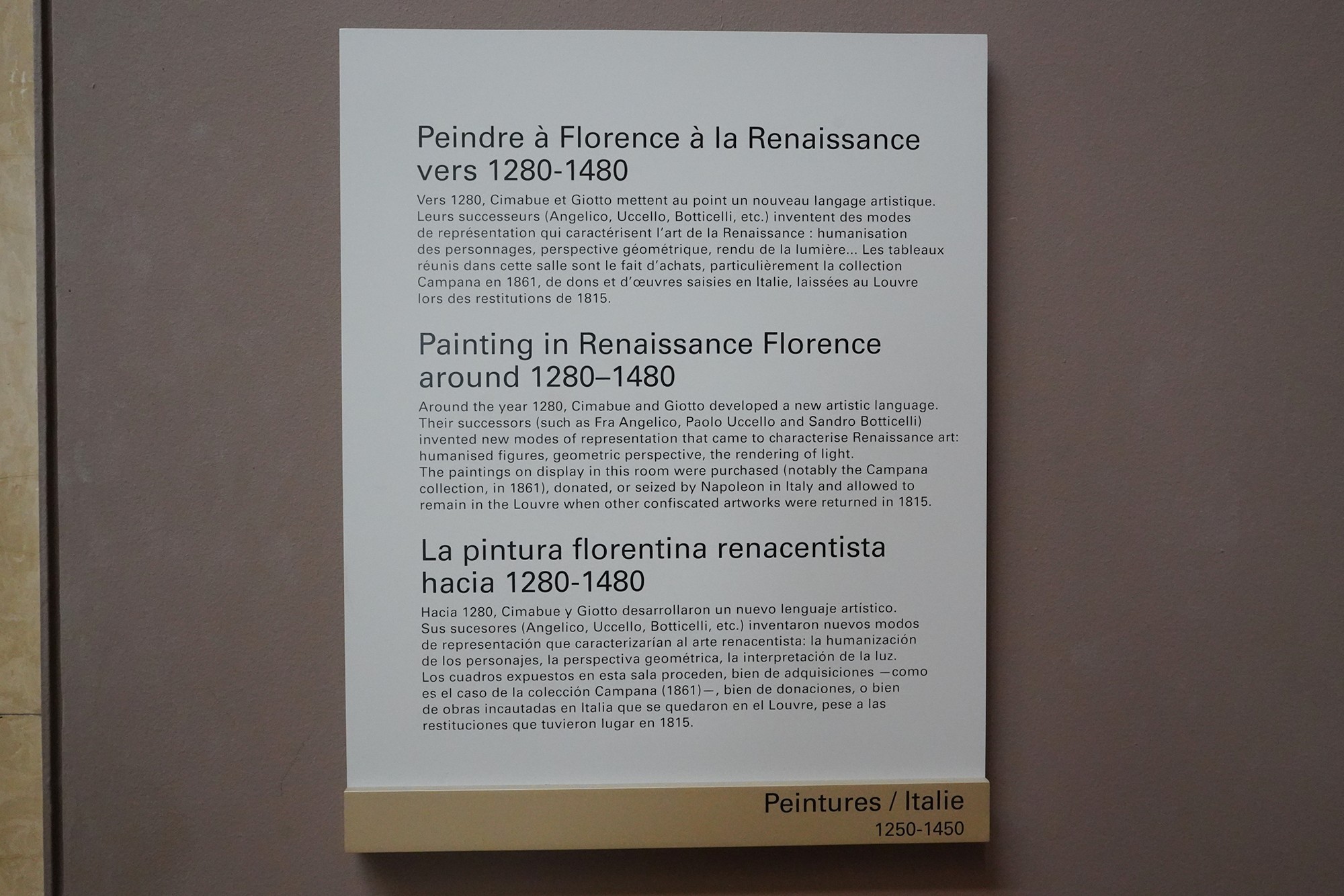














This is the main gallery of the Louvre.





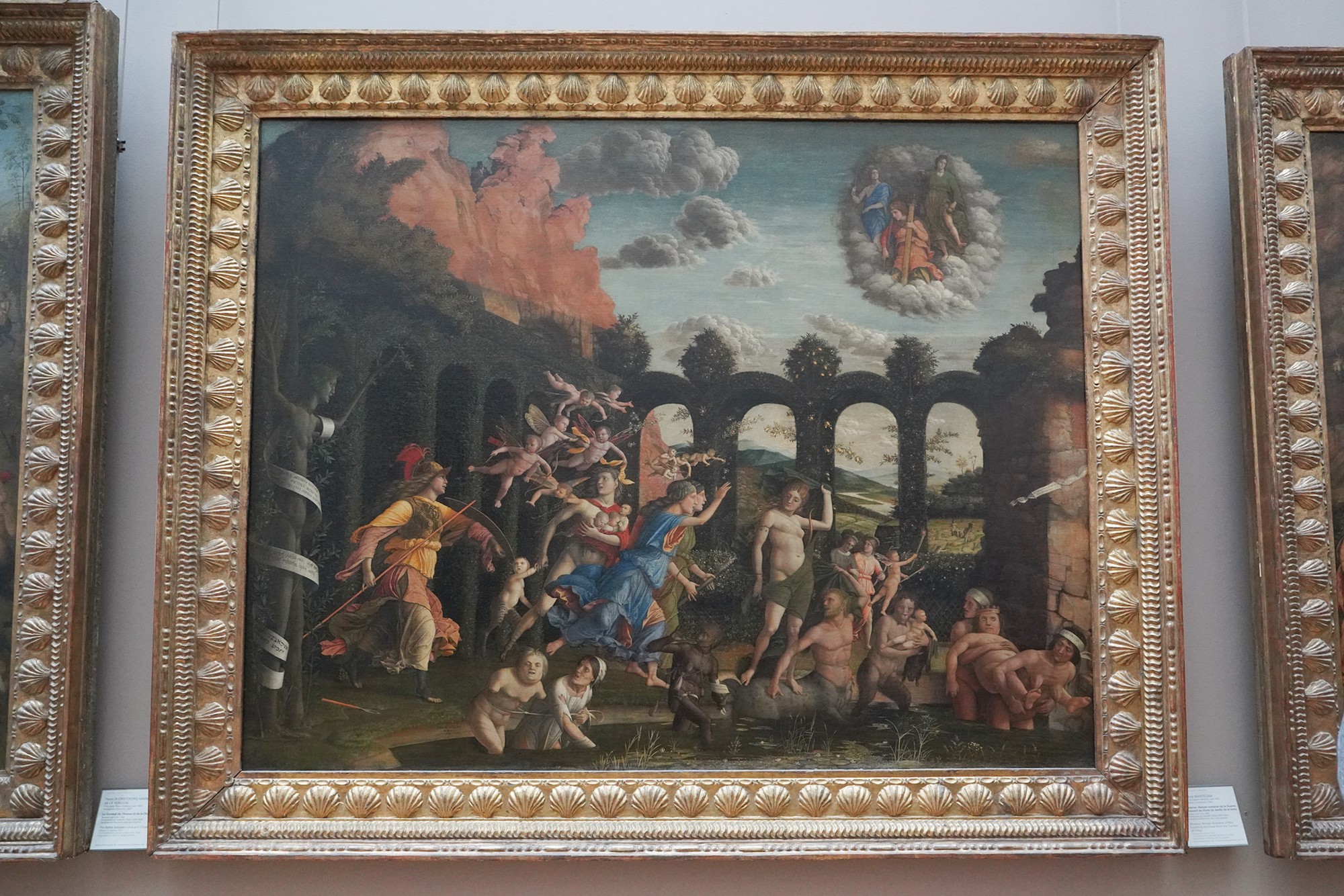







From the main hallway, this inside room is where the Mona Lisa is displayed.


These people formed multiple lines and moved slowly toward the painting so that they could take pictures of the Mona Lisa.


I am getting closer


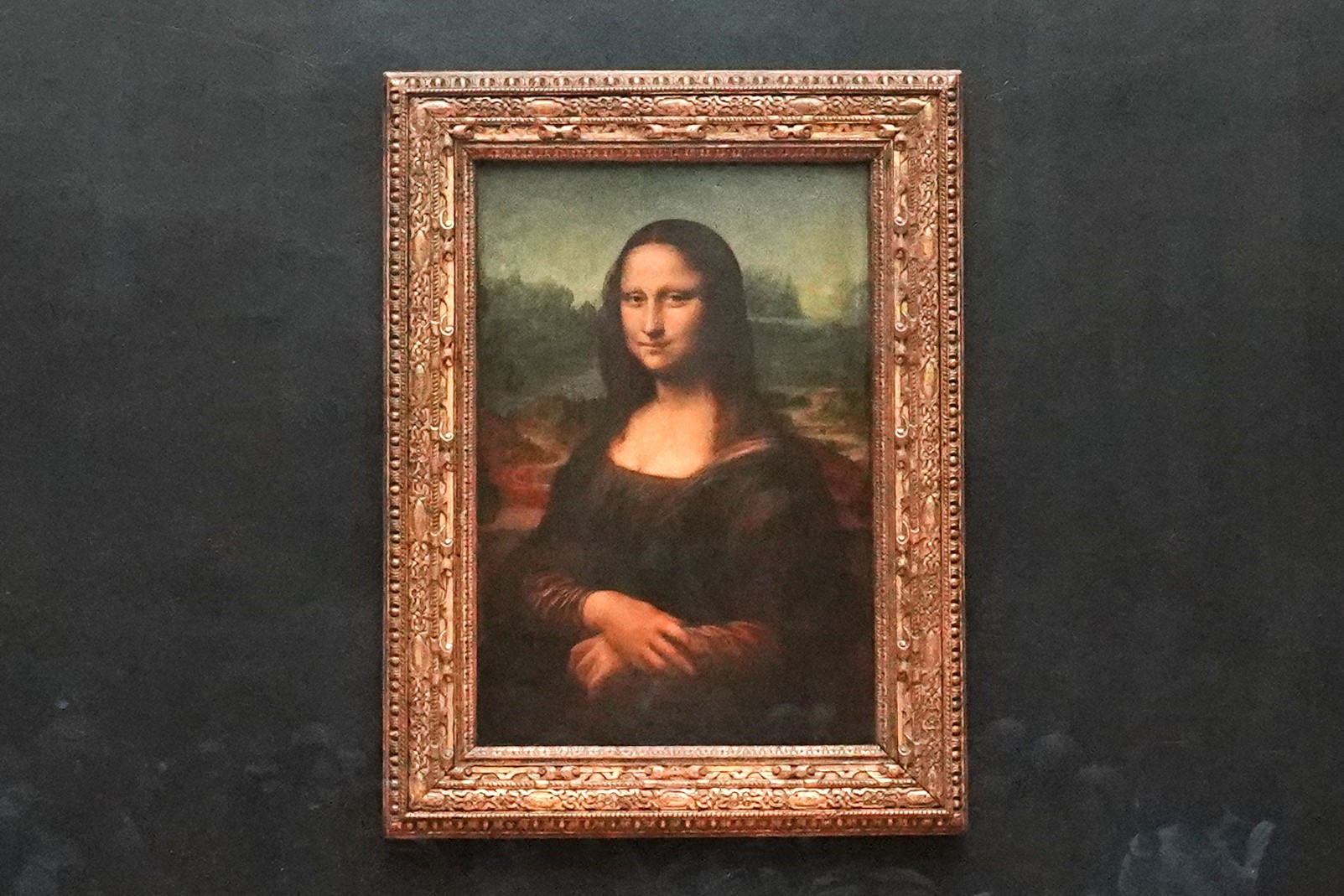
From the side


Exited the room





The Coronation of Napoleon, painted by Jacques-Louis David between 1805 and 1807.
In this grandiose painting, Napoleon is shown in the act of crowning himself as Emperor, a symbolic gesture emphasizing his authority and independence from the church. In reality, Napoleon crowned himself Emperor and then crowned his wife, Josephine, as Empress. The painting also features Pope Pius VII, who was present at the coronation but did not place the crown on Napoleon’s head, as was traditional for royal coronations.




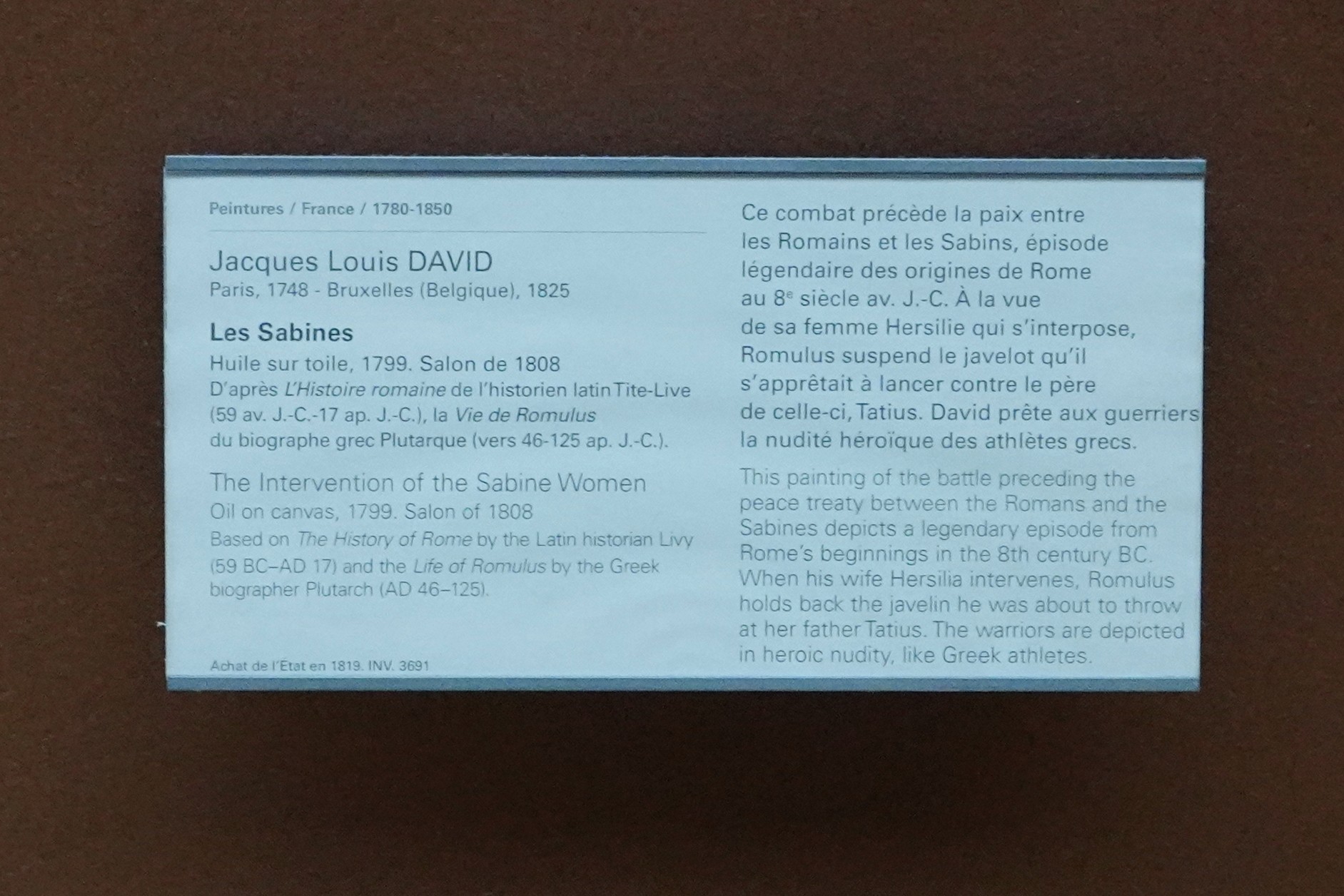










“The Raft of the Medusa” (French: “Le Radeau de la Méduse”) is an iconic painting by the French artist Théodore Géricault, completed in 1819.
“The Raft of the Medusa” depicts a harrowing real-life event: the aftermath of the wreck of the French naval frigate Méduse, which ran aground off the coast of Senegal in 1816. Due to a lack of lifeboats and poor leadership, approximately 150 passengers were left on a hastily constructed raft. After 13 days adrift, only 15 survivors were rescued, and the ordeal was marked by starvation, dehydration, and cannibalism.


“Liberty Leading the People” (French: “La Liberté guidant le peuple”) is a renowned painting by Eugène Delacroix, completed in 1830. It commemorates the July Revolution of 1830 in France, which led to the overthrow of King Charles X and the establishment of the July Monarchy under Louis-Philippe.
Unfortunately, the picture was taken out of display due to conservation efforts.








The lunch









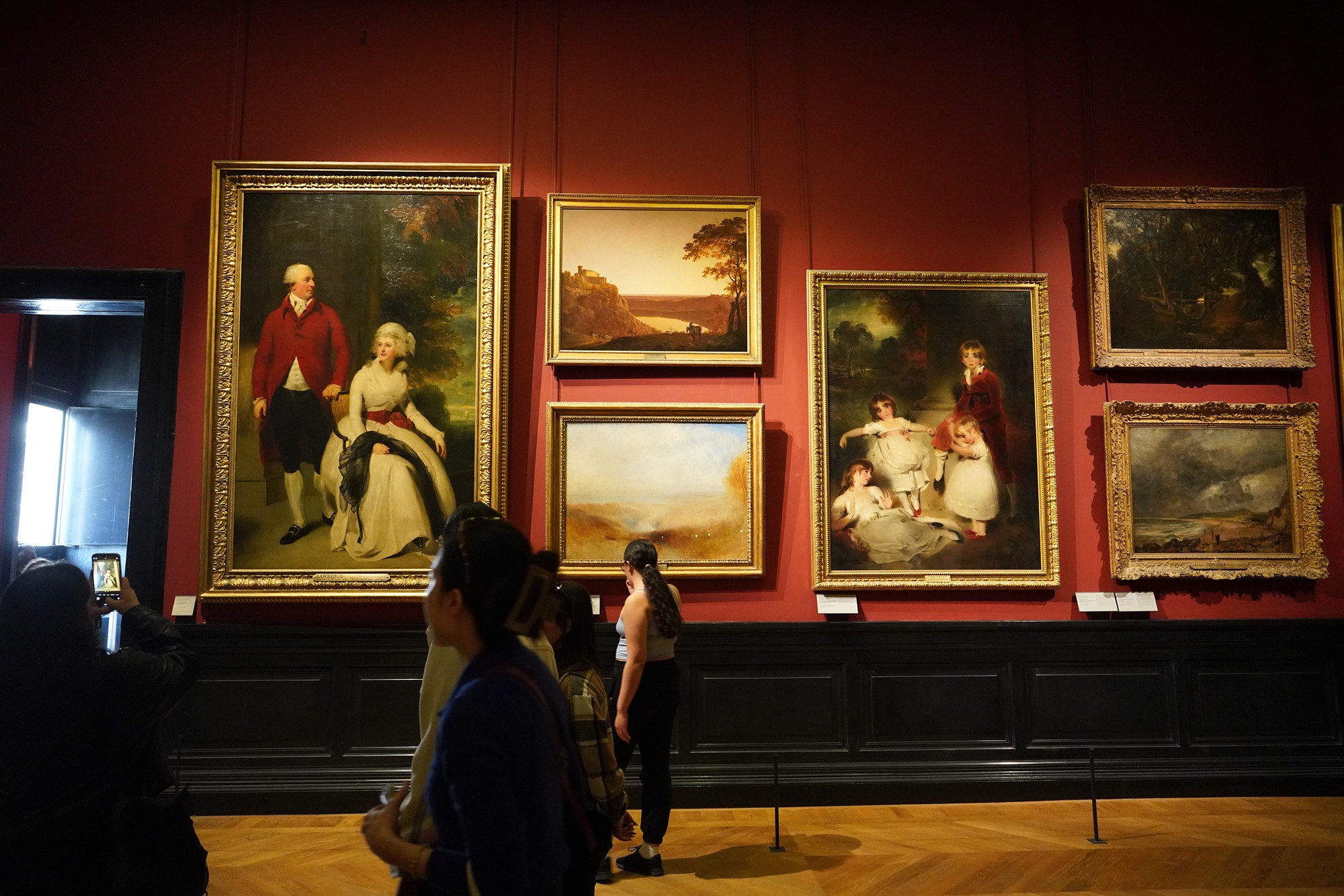







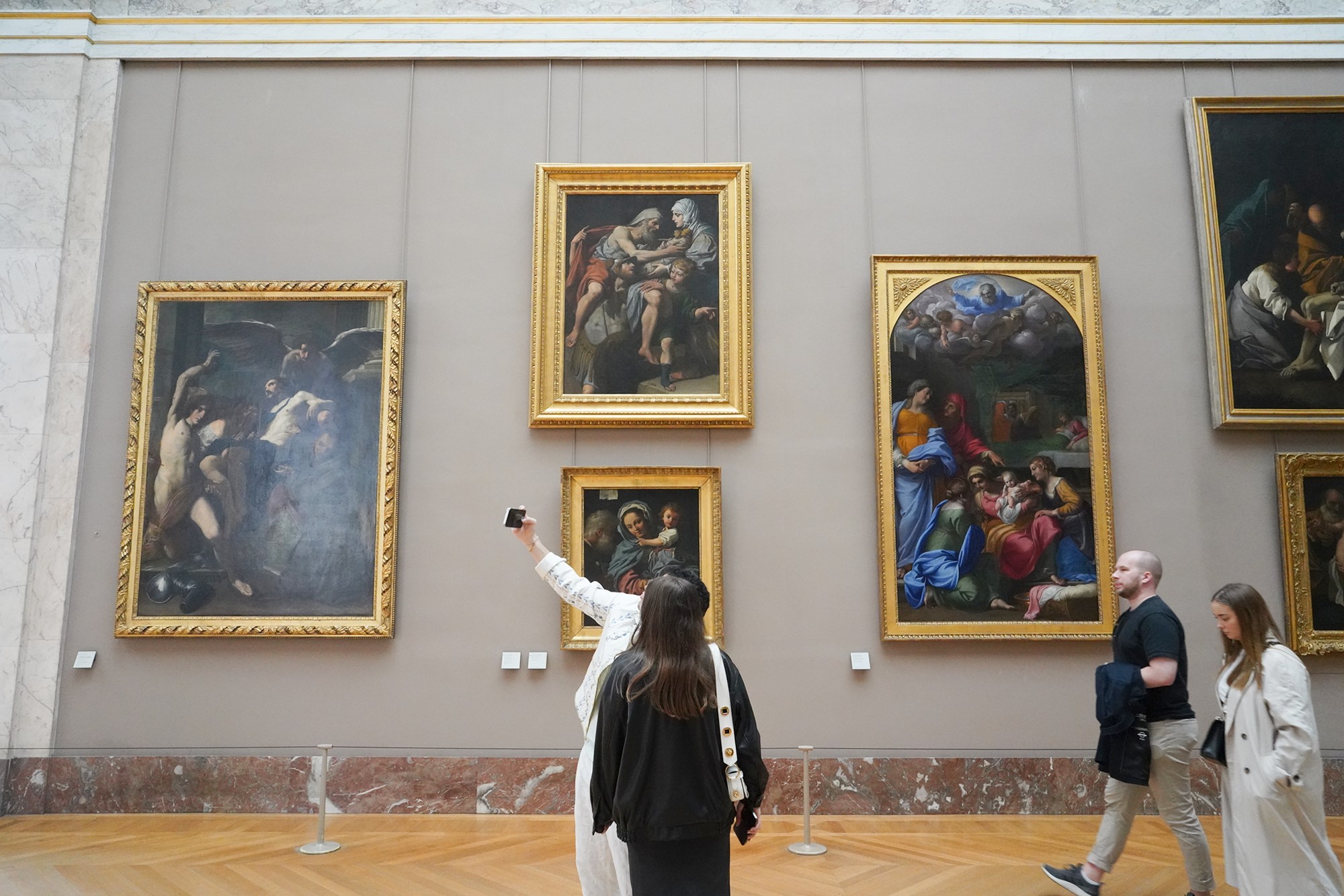





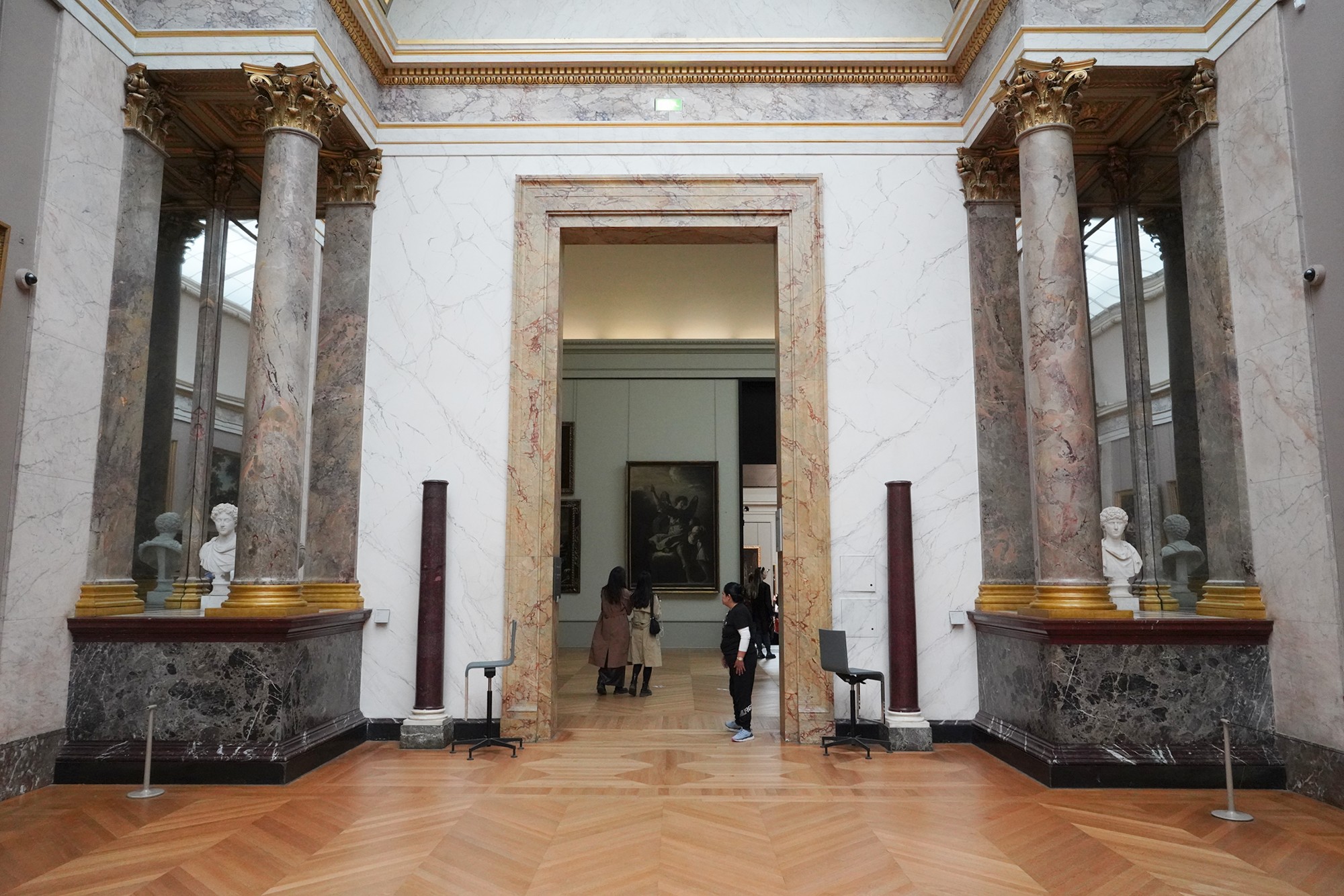










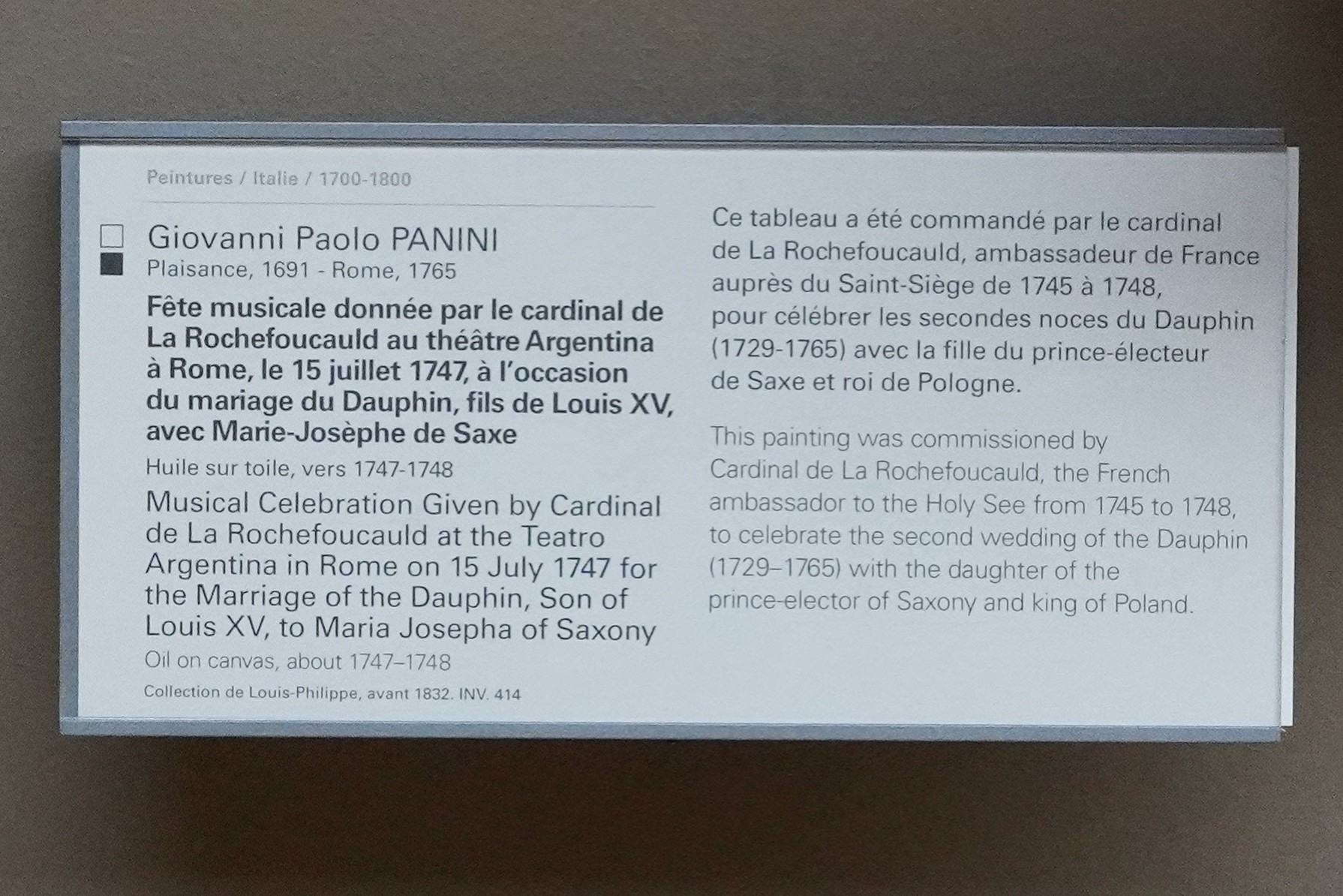



As I walk toward the Venus de Milo, an ancient Greek statue.




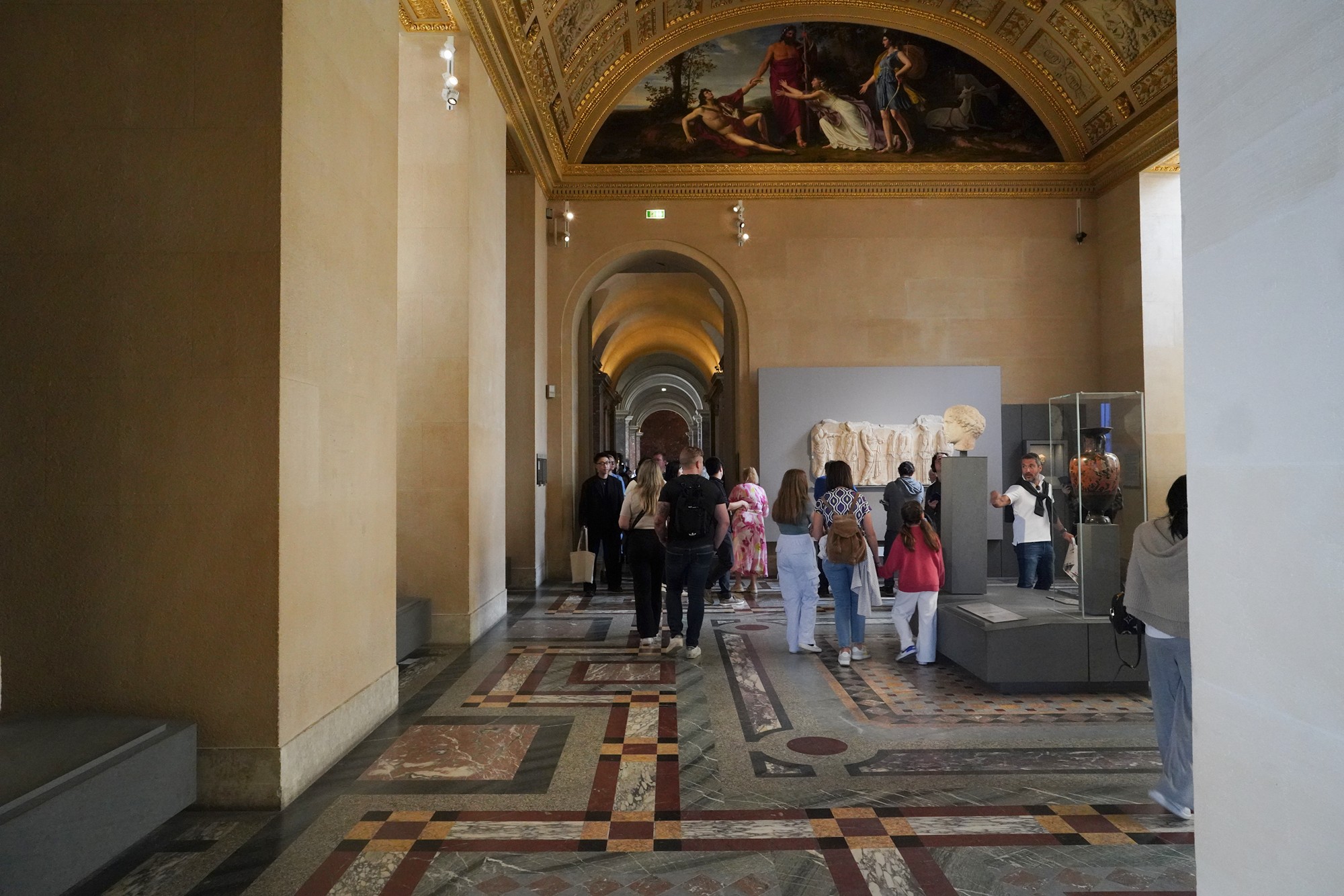

The Venus de Milo


The Venus de Milo is one of the most famous ancient Greek sculptures, celebrated for its beauty and historical significance.


The statue represents Aphrodite, the Greek goddess of love and beauty (known as Venus in Roman mythology). The figure is depicted with an idealized form, showcasing classical beauty standards of the time.

The marble statue is believed to have been created between 130 and 100 BCE during the Hellenistic period.
It was discovered in 1820 on the island of Milos (Melos) in the Aegean Sea by a peasant named Yorgos Kentrotas. It was found in several pieces and later reconstructed.



